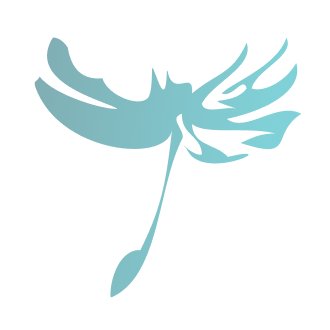kita | Photographer: Gisela Croon | Rights management: Ethnologisches Museum, Staatliche Museen zu Berlin
Attribution - ShareAlike 4.0 Internationalkita
As no. 120 [-> III E 5618: An elongated, deep bowl with longitudinal walls that merge with the base in a curve. Eight diagonally drilled string guide perforations. The string cord [is] only partially preserved (since replaced). One of its ends is looped into a knot behind an outer perforation, into which strips of fabric and cotton wool are tied, while the other [is] wrapped around a stem extension carved lengthways. A leather loop attached to the bottom of the bowl. Three small cord loops carrying iron spirals are suspended in this loop. A linear and punctual red colouring of the inner shell base. A large, fully carved female figure is attached to the stem. One leg [is] broken off, the other movable. Dressed in a cloth apron and adorned with red pearl necklaces. Metal rings [can be seen] on the right ankle and forearm. A cord-like hair insert on the head. "Massansa in Ussukuma"]. The string cord [is] completely preserved. The other end of the string is passed through a perforation in the handle appendage and tied to the body-stem extension after a winding. A bead-like continuation of the stem on the underside of the bowl. A loop of twisted plant material hanging down from the instrument, connected by a perforation. No hanging with iron spirals, no body painting. The carved female figure is hung around the neck and across the upper body with strings of beads of different colours and textures. A wire ring hanging at the base of the stem. Note from 1967: "The figure's apron is missing." from Ulrich Wegner: Afrikanische Saiteninstrumente, Staatliche Museen Berlin - SPK, 1984 (Appendix object catalogue)
Cataloguing data
Length: 87,2 cm
Width: 17 cm
Height: 9 cm










